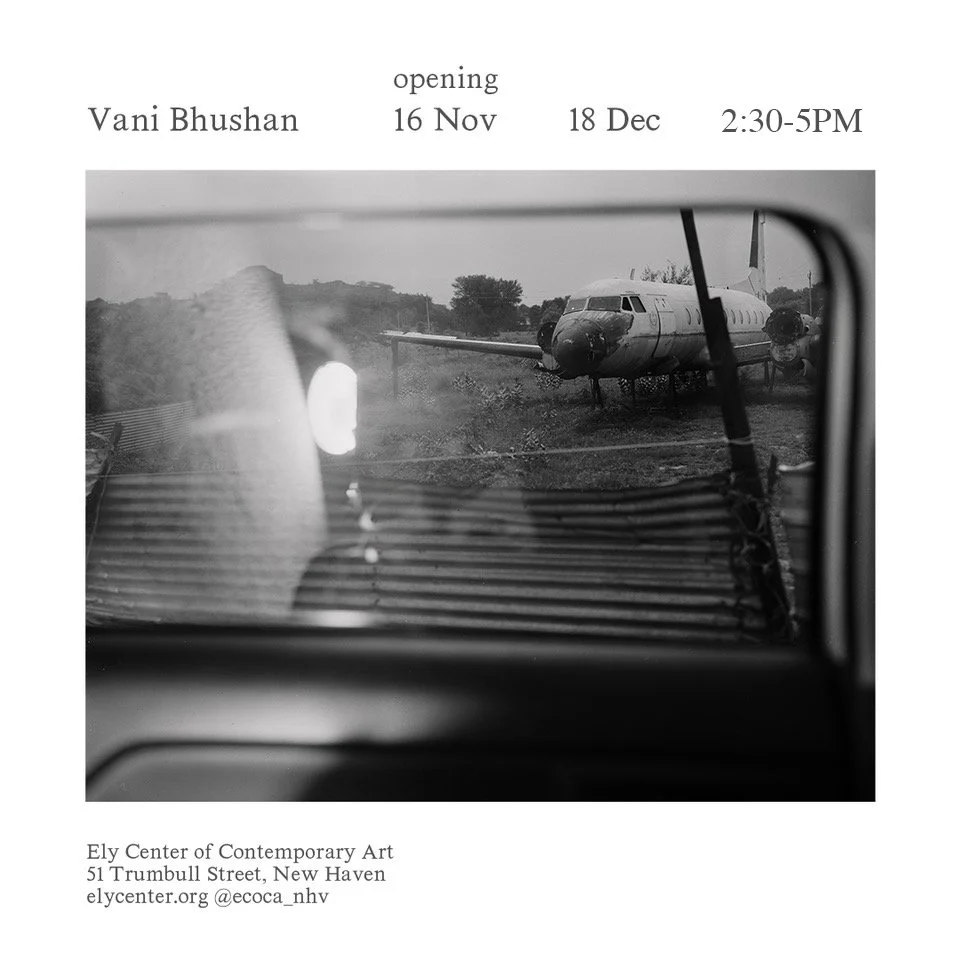Vani Bhushan
Exhibition Dates: November 16 - December 18, 2025
Opening Reception: Sunday November 16, 2:30-5pm
Vani Bhushan
Untitled, India questions the limits of witnessing. I photograph landscapes in New Delhi marked by protest and erasure. The work lingers in the provisional—where looking is uncertain, where presence remains conditional.
In 2024, multiple international news forums recirculated an image of Delhi’s heatwave that had first been used in 2022. Its title was casual — no pointers to place or condition. I read it as visual training in dehumanising the fact; a landscape imaged to exhaustion, its meaning decentered. I began to actively seek out these same landscapes and turned them into my photographic stage.
Journalistic imagery within India has predominantly been mediated through the male form. Documentary practice, in its purest form, is tethered to the street — but the street isn’t available to me as a backdrop; it isn’t permitted. The photographs in Untitled, India are staged out of this understanding — a way for me to account for witnessing, my witnessing — an inquiry limited both by news media censorship and by a gendered denial of access.
What, then, is required of imagery that is made after the fact? Should it be conceived as a practice of necessity — an account of that which is withheld? And how does one mimic the exhaustion of events contained within the documentary photograph?
My collaboration with actors feels necessary for this replication. They are people who have either experienced or witnessed acts of aggravation and brutality. The darkroom is also an important part of my process — I print on discontinued paper and move the prints through an aging chamber to replicate the materiality of the archive. When I show the work, I mix these prints with photographs I find in secondhand markets in India, whose sources are unknown.
Sometimes the camera restructures the world in ways I could not have anticipated. My optical choices —using a view camera (which indexes stillness but here is deliberately unsettled) and a 35mm camera with a shutter drag — are meant to create conditions in which the photograph resists predetermination. Film, for me, functions as a conduit for latency and delay. Might I evade totalising authorship by employing a (seeming) lens of ambivalence? Could that open up new narratives in the reading of presumably familiar images?
.

